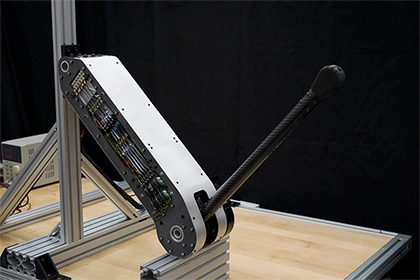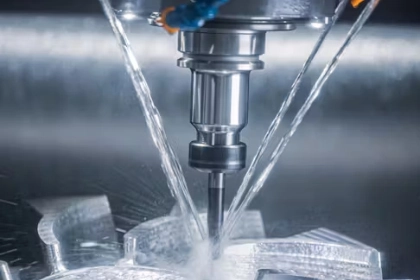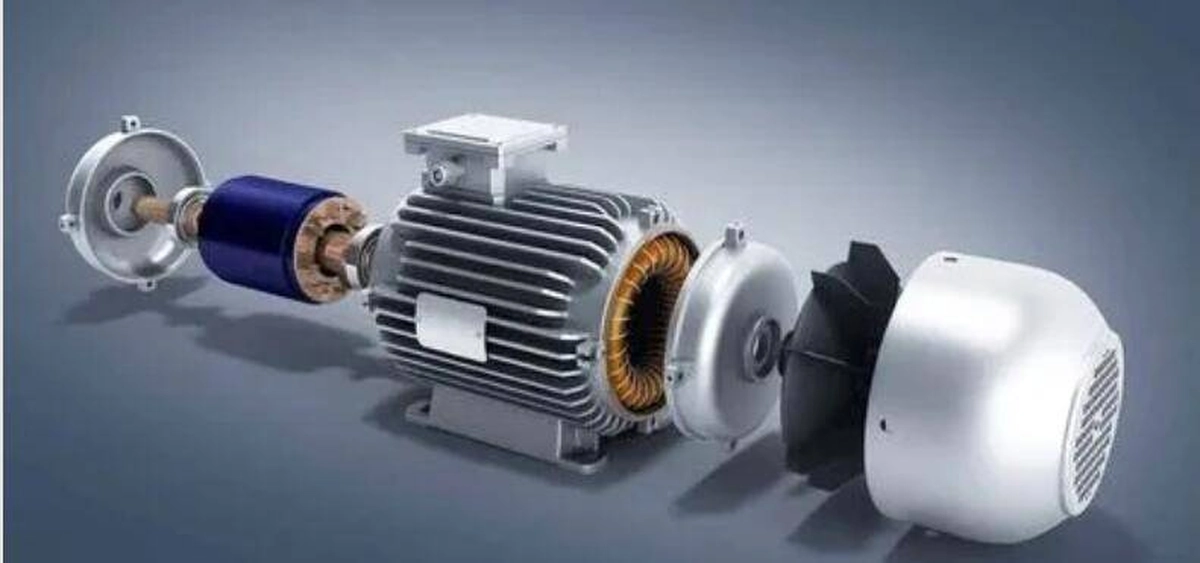- +86 19149417743
- Zhengzhou, Henan Province, China
- Mon-fri: 8am - 7pm
Get a quote

When designing equipment that uses motors, of course you need to choose the motor that is best suited for the job required.
This article will compare the characteristics, performance and characteristics of brush motors, stepper motors and brushless motors, hoping to be a reference for everyone when choosing motors.
However, since motors in the same category include multiple specifications, please use them only as a reference. In the end, you still need to confirm the detailed information through the technical specifications of each motor.
The characteristics of stepper motors , brushed motors, and brushless motors are summarized in the table below.
| stepper motor | brushed motor | Brushless Motor | |
| rotation method | The drive circuit is used to energize the armature winding in a sequence that determines the phases (two phases, three phases, or five phases). | The armature current is switched by a sliding contact rectifying mechanism of brushes and commutator. | Brushless is achieved by replacing the functions of brushes and commutators with magnetic pole position sensors and semiconductor switches. |
| Drive circuit | need | unnecessary | need |
| Torque | The torque is relatively large. (especially torque at low speed) | The starting torque is large and the torque is proportional to the armature current.>(The torque at medium to high speed is relatively large) | |
| spinning speed | Proportional to the input pulse frequency.There is a out-of-step area in the low speed range | Proportional to the armature applied voltage. Speed decreases as load torque increases | |
| high speed rotation | Difficulty spinning at high speed (need to slow down) | Due to the limitations of the brush and commutator rectification mechanism, it can reach up to several thousand rpm. | The maximum speed can reach several thousand to tens of thousands of rpm. |
| Rotation life | Determined by bearing life.tens of thousands of hours | Limited by brush and commutator wear. Hundreds to thousands of hours | Determined by bearing life. Tens of thousands to hundreds of thousands of hours |
| Forward and reverse methods | Need to change the sequence of excitation phases of the drive circuit | Reverse the polarity of the pin voltage to reverse the | Need to change the sequence of excitation phases of the drive circuit |
| Controlling | Open-loop control is possible in which the rotation speed and position (rotation amount) are determined by command pulses (but there is a problem of out-of-step) | Constant speed rotation requires speed control (feedback control using a speed sensor).Since torque is proportional to current, torque control is easy | |
| Ease of acquisition | Easy: There are many varieties | Easy: many manufacturers and varieties, many options | Difficulties: Mainly specialized motors for specific applications |
| price | If the driver circuit is included, the price is more expensive. Cheaper than brushless motors | Relatively cheap, coreless motors are a bit pricey due to their magnet upgrades. | If the driver circuit is included, the price is more expensive. |
 2024-08-30 16:01:40
Engineering
2024-08-30 16:01:40
Engineering
 2024-07-26 14:09:13
Engineering
2024-07-26 14:09:13
Engineering
 2024-07-18 09:42:00
Engineering
2024-07-18 09:42:00
Engineering